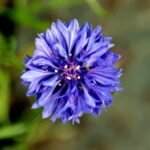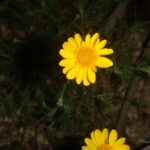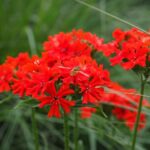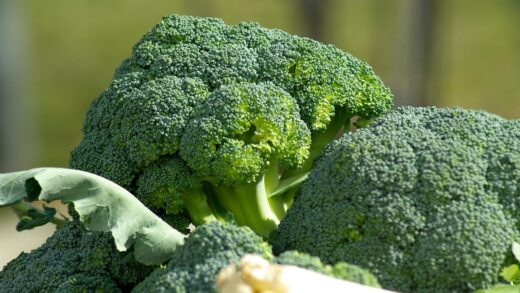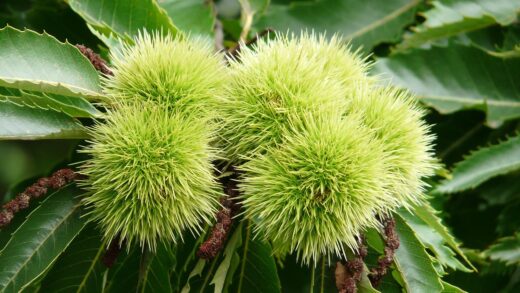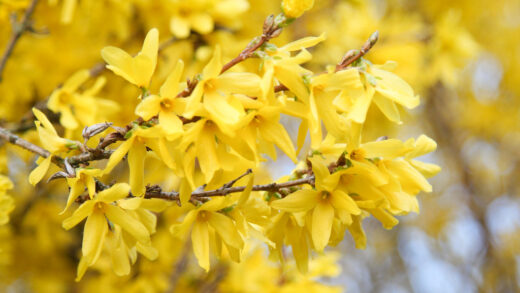Light requirements of the flowering dogwood
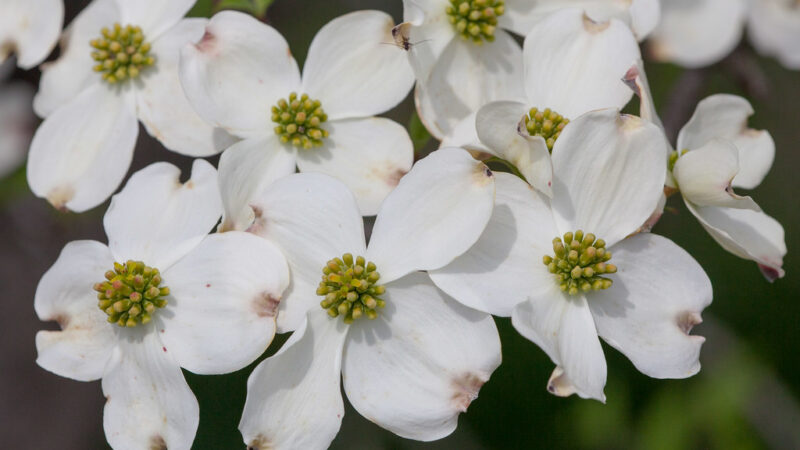
Understanding the specific light requirements of the flowering dogwood is fundamental to its successful cultivation. As a quintessential understory tree in its native woodland habitat, its needs are nuanced, seeking a delicate balance between sufficient light for robust flowering and protection from the scorching intensity of the full sun. The quantity and quality of light a dogwood receives directly impacts its growth habit, the profusion of its blooms, its fall coloration, and its overall health and resilience. Placing this tree in an appropriate light environment is perhaps the single most important decision a gardener can make to ensure its long-term success and beauty.
The ideal balance of sun and shade
The flowering dogwood has evolved to thrive at the edges of forests and in the dappled light beneath the canopy of larger deciduous trees. This natural habitat informs its ideal light conditions in a garden setting. The perfect scenario is a location that receives several hours of direct morning sunlight followed by partial or full shade during the hottest part of the afternoon. Morning sun provides the energy the tree needs for photosynthesis and the development of flower buds, while afternoon shade protects its relatively sensitive leaves from the stress of intense heat and solar radiation.
In cooler, more northern climates, a flowering dogwood may be able to tolerate a full sun location, provided it is given consistently moist soil. However, even in these regions, a site with some afternoon protection is often beneficial. The increased light in a full sun position can lead to a more compact growth habit and a greater number of flowers, but it also increases the tree’s water requirements and its susceptibility to leaf scorch and heat stress, particularly during periods of drought. A thick layer of mulch to keep the root zone cool is essential if planting in a full sun location.
Conversely, while a dogwood can survive in deep shade, it will not thrive. A tree planted in a location with insufficient light will often become tall and spindly as it stretches towards the available light source. Its growth will be sparse, and the canopy will lack the dense, tiered structure for which the species is known. Most significantly, flowering will be greatly diminished or may not occur at all, as the tree will not receive enough light energy to form an abundance of flower buds. The vibrant red and purple fall foliage may also be muted in a heavily shaded spot.
Therefore, the concept of “partial shade” or “dappled sunlight” is the key to success. This can be achieved by planting the dogwood on the east or north side of a building, where it will be shielded from the intense late-day sun. Another excellent strategy is to plant it underneath tall, high-canopied trees, such as oaks or pines. These larger trees will filter the sunlight, creating the moving, dappled light conditions that closely mimic the dogwood’s native woodland environment and provide the perfect balance for optimal health and flowering.
More articles on this topic
Effects of insufficient light
When a flowering dogwood is planted in a location with too much shade, several predictable and undesirable consequences arise. The most immediate and noticeable effect is on the tree’s overall form and structure. In a constant struggle to reach for light, the tree will exhibit etiolation, characterized by elongated, weak stems and a sparse, open canopy. Instead of developing its classic, graceful, horizontally spreading branches, it will likely grow in a more upright and lanky fashion, losing much of its ornamental appeal.
Flowering performance is severely compromised by a lack of adequate light. The formation of flower buds, which occurs in the summer for the following spring’s display, is a process that requires a significant amount of energy derived from photosynthesis. In a shady environment, the reduced photosynthetic activity means the tree simply does not have the surplus energy needed to produce a large number of buds. The result is a tree that produces very few flowers, or in some cases, no flowers at all, depriving the gardener of the dogwood’s primary season of interest.
Beyond the lack of flowers, the overall vitality of the tree is diminished in deep shade. The foliage may be a darker green, but the leaves will often be larger and thinner as the tree tries to maximize its light-capturing surface area. This weaker foliage can be more susceptible to fungal diseases, a problem that is often compounded by the poor air circulation and higher humidity typically found in densely shaded locations. The tree’s natural defense systems are weaker, making it more vulnerable to a range of health issues.
The spectacular autumn foliage display, another key feature of the flowering dogwood, will also be a disappointment in a location with insufficient light. The brilliant red and scarlet pigments, known as anthocyanins, are produced in the leaves in response to a combination of bright light and cool temperatures in the fall. Without enough direct sunlight to trigger this process, the leaves will often just fade to a lackluster yellow or brown before dropping, completely missing the fiery crescendo that makes a properly sited dogwood so valuable in the autumn landscape.
More articles on this topic
The consequences of excessive sun exposure
Just as too much shade is detrimental, exposing a flowering dogwood to excessive sun can cause a different set of significant problems, particularly in warmer climates. The most common symptom of too much direct sun is leaf scorch. This condition manifests as browning and crisping along the edges of the leaves, and in severe cases, brown, dead patches can appear in the center of the leaves as well. This damage occurs when the leaves lose water through transpiration faster than the roots can absorb it from the soil, a process greatly accelerated by intense sun and heat.
A tree in a full, hot sun location is under constant environmental stress. This chronic stress weakens the tree’s overall health and makes it a prime target for opportunistic pests and diseases. The dogwood borer, the most serious insect pest of this species, is well known to be more attracted to dogwoods that are stressed, especially by drought and heat. The full sun exposure also heats up the bark, making it more susceptible to sunscald and creating ideal conditions for borer infestation.
The tree’s water requirements are dramatically increased in a full sun position. The soil will dry out much more quickly, necessitating more frequent and diligent irrigation to prevent drought stress and the associated leaf scorch. Even with adequate watering, the tree may struggle during periods of extreme heat. The overall appearance of the tree may be affected, with a potentially stunted or less graceful habit as the tree adapts to the harsh conditions. While flowering may be heavy, the overall aesthetic of the plant can be compromised by the constant battle against the elements.
While a location with morning sun is ideal, it is specifically the intense afternoon sun that is most damaging. The solar radiation is at its peak in the afternoon, and this coincides with the hottest part of the day, creating a double burden of stress on the tree. Therefore, if a choice must be made between morning shade and afternoon shade, the latter is far more important for the health of a flowering dogwood. Providing this protection is a simple but critical step in ensuring the tree remains vigorous, healthy, and beautiful throughout the year.
📷 Flickr / Szerző: David Illig / Licence: CC BY-NC-SA 2.0








